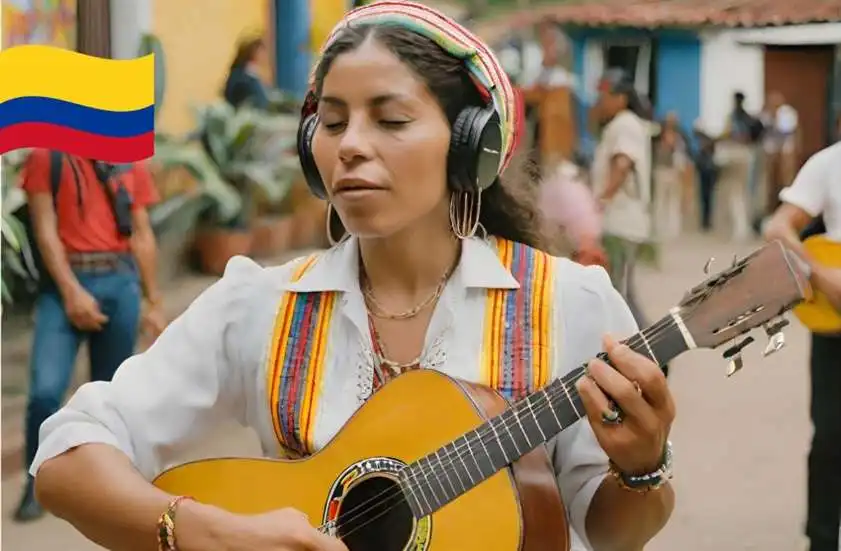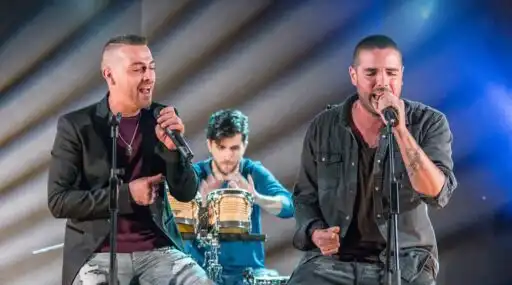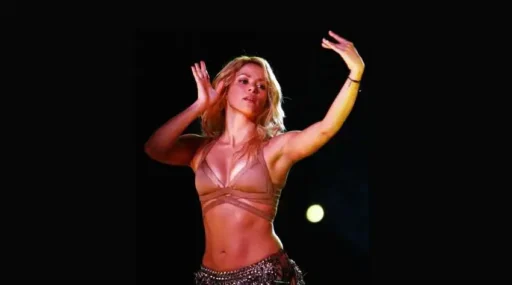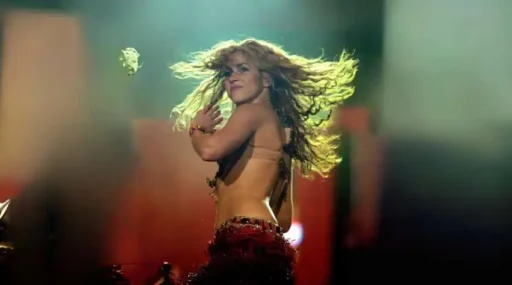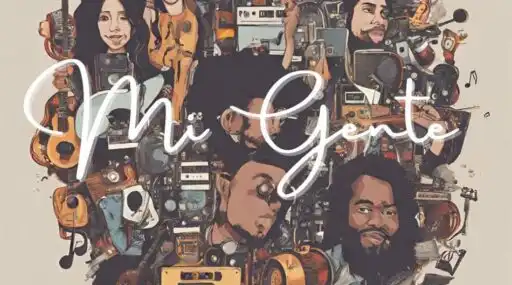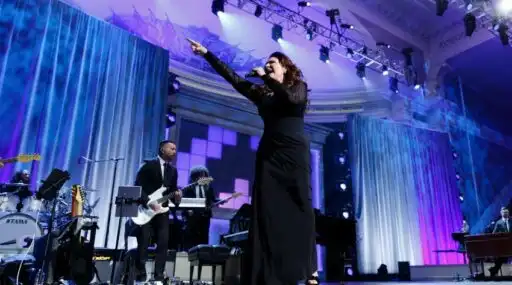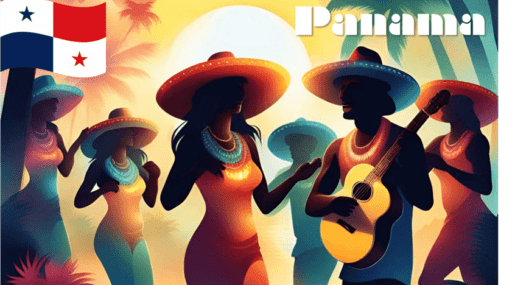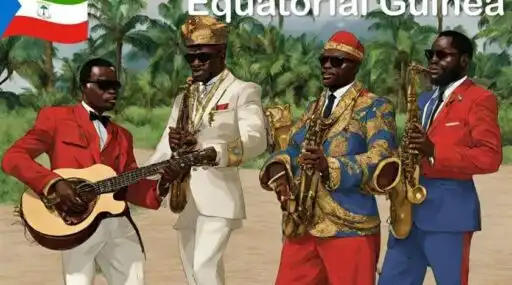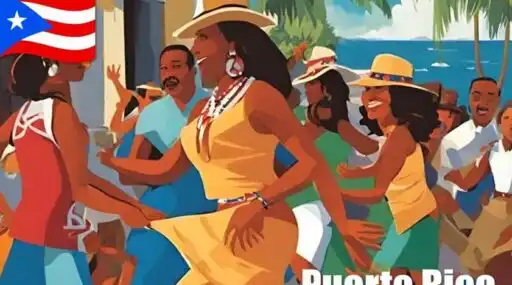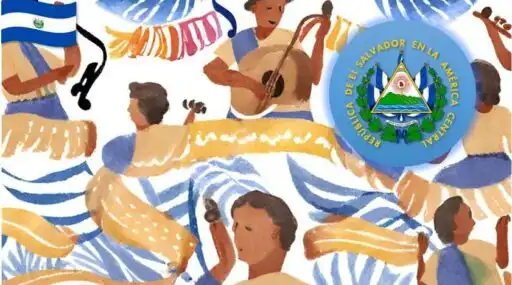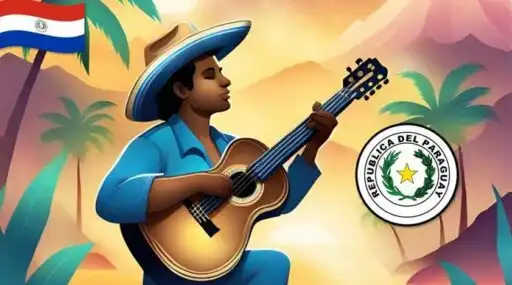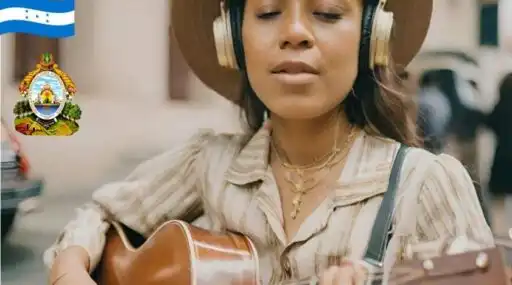Nestled between the Caribbean Sea and the Pacific Ocean, and framed by the towering peaks of the Andes, Colombia is a country where music is more than just a form of entertainment; it’s a living, breathing expression of the nation’s diverse cultural tapestry. From the infectious beats of cumbia to the soulful melodies of vallenato, Colombian music is a kaleidoscope that reflects the country’s history, geographic richness, and the vibrant spirit of its people.
Cumbia: The Dance of Diversity
If there’s one rhythm that encapsulates the very essence of Colombian music, it’s cumbia. Originating from the coastal regions of Colombia, particularly in the Caribbean, cumbia is a dance that weaves together indigenous, African, and Spanish influences. The distinctive sound of the guacharaca, a percussive instrument, combined with the rhythms of drums and traditional wind instruments, creates an irresistible beat that invites people to the dance floor.
Cumbia tells the story of Colombia’s cultural fusion. It is a celebration of diversity, a rhythmic dialogue between the indigenous peoples of the Sierra Nevada, the African roots of the Palenque communities, and the Spanish colonial heritage. The dance itself is a vibrant display of colorful skirts, energetic footwork, and the infectious joy that permeates Colombian celebrations.
Vallenato: The Soulful Sounds of the Countryside
From the coastal regions, we journey to the Colombian countryside, where the soulful melodies of vallenato echo through the air. Rooted in the traditions of the indigenous Wayuu people and the African communities of the Caribbean, vallenato tells stories of love, folklore, and everyday life. Traditionally, the music was played with instruments like the accordion, caja (a small drum), guacharaca, and the bass guitar.
The storytelling nature of vallenato is evident in its lyrics, which often narrate tales of rural life and the struggles of the common people. The “Piqueria,” a musical duel between vallenato singers, adds a competitive and humorous element to the genre. Vallenato has evolved over time, embracing modern influences while retaining its deep connection to Colombia’s rural heritage.
Bambuco: The Elegance of Andean Folklore
As we ascend into the Andean highlands, we encounter the graceful rhythms of bambuco. Originating from the mountains, bambuco is a genre that captures the elegance and romanticism of Colombian folklore. The melodies, often played on string instruments like the guitar and tiple, evoke the picturesque landscapes and the timeless beauty of the Andes.
Bambuco is not just a musical genre; it is a dance that reflects the courtship rituals of the Andean communities. The intricate footwork, accompanied by the gentle strumming of strings, creates a sensory experience that transports both dancers and spectators to a world where tradition and nature harmonize.
Champeta: The Urban Beat of the Caribbean
In the urban sprawl of Colombia’s coastal cities, particularly in Cartagena and Barranquilla, the sounds of champeta reverberate through the streets. Champeta is a genre that emerged from the fusion of African rhythms, Colombian folk elements, and Caribbean influences. It’s a rhythm that encapsulates the vibrant energy of urban life, characterized by fast-paced beats and infectious dance moves.
Champeta has evolved into a cultural phenomenon, influencing not only music but also fashion and dance styles. The genre’s ability to adapt and incorporate various influences reflects the dynamic nature of Colombian culture, where traditions are continually reshaped by the currents of contemporary life.
Porro: The Festive Pulse of Colombian Fiestas
As we traverse the country, we encounter the festive beats of porro, a genre deeply intertwined with Colombian celebrations and carnivals. Originating from the Atlantic Coast, porro is a lively and rhythmic dance music that is often accompanied by brass instruments, drums, and clarinets. It is a music of joy and communal celebration, bringing people together in a collective expression of cultural pride.
During Colombia’s traditional festivals, such as the Barranquilla Carnival, porro becomes the soundtrack to vibrant parades, colorful costumes, and exuberant street parties. The infectious beats of porro reflect the exuberance of Colombian festivities and the nation’s ability to turn any occasion into a lively celebration.
Shifting Tides: The Impact of Global Influences
In the modern era, Colombian music has embraced global influences, creating a musical landscape that is both diverse and dynamic. Reggaeton, a genre with roots in Latin America, particularly in Puerto Rico, has gained immense popularity in Colombia. Artists like J Balvin and Shakira have successfully blended reggaeton with Colombian rhythms, creating a global sound that resonates across continents.
The fusion of traditional Colombian elements with global genres has given rise to a new wave of musical innovation. Genres like “Electrocumbia” and “Tropipop” incorporate electronic and pop elements, appealing to a younger and more globalized audience while maintaining a distinct Colombian flavor.
Conclusion: Colombia’s Musical Mosaic
Colombian music is a vibrant mosaic that reflects the nation’s history, geography, and the rich tapestry of its people. From the infectious dance beats of cumbia to the soulful melodies of vallenato, from the elegant rhythms of bambuco to the urban energy of champeta, Colombia’s music is a living, breathing expression of cultural diversity.
As Colombia continues to evolve, so does its music – a dynamic and ever-changing force that mirrors the resilience and adaptability of the Colombian spirit. In every note, in every dance step, there is a story – a story of a nation that celebrates its roots while embracing the rhythms of the world. Colombia’s musical journey is a testament to the power of music to unite, uplift, and tell the tales of a people whose hearts beat in rhythm with the soulful melodies of their homeland.
Famous Artists:
Colombia has produced a wealth of renowned musicians and artists who have made significant contributions to the world of music. Some of the most famous Colombian musicians and artists include:
- Carlos Vives: A pioneer of the vallenato genre, Carlos Vives is celebrated for his fusion of traditional Colombian rhythms with contemporary pop and rock elements.
- Shakira: A global superstar, Shakira is known for her fusion of Latin, pop, and rock music. She is one of the most successful and influential artists in the world.
- Juanes: Juanes is a Grammy-winning artist known for his rock-influenced pop music and poignant lyrics. He has achieved international acclaim for his socially conscious songs.
- Toto La Momposina: A legendary figure in Colombian music, Toto La Momposina has preserved and celebrated Afro-Colombian traditions through her music.
- Grupo Niche: Grupo Niche is a renowned salsa group that has contributed to the genre’s global popularity. Their music is characterized by infectious rhythms and lively brass sections.
- Silvestre Dangond: A prominent vallenato artist, Silvestre Dangond has achieved great success with his storytelling lyrics and charismatic performances.
- Aterciopelados: Aterciopelados is a celebrated rock band known for their socially and environmentally conscious lyrics. They have made a significant impact on Latin rock music.
More information and reviews:
.- en.wikipedia.org -Colombia music Link here.
.- Official page Colombia music Link here.
.- Youtube.com Colombia music Link here.
.- Feature Imagen by Canva Link here.

